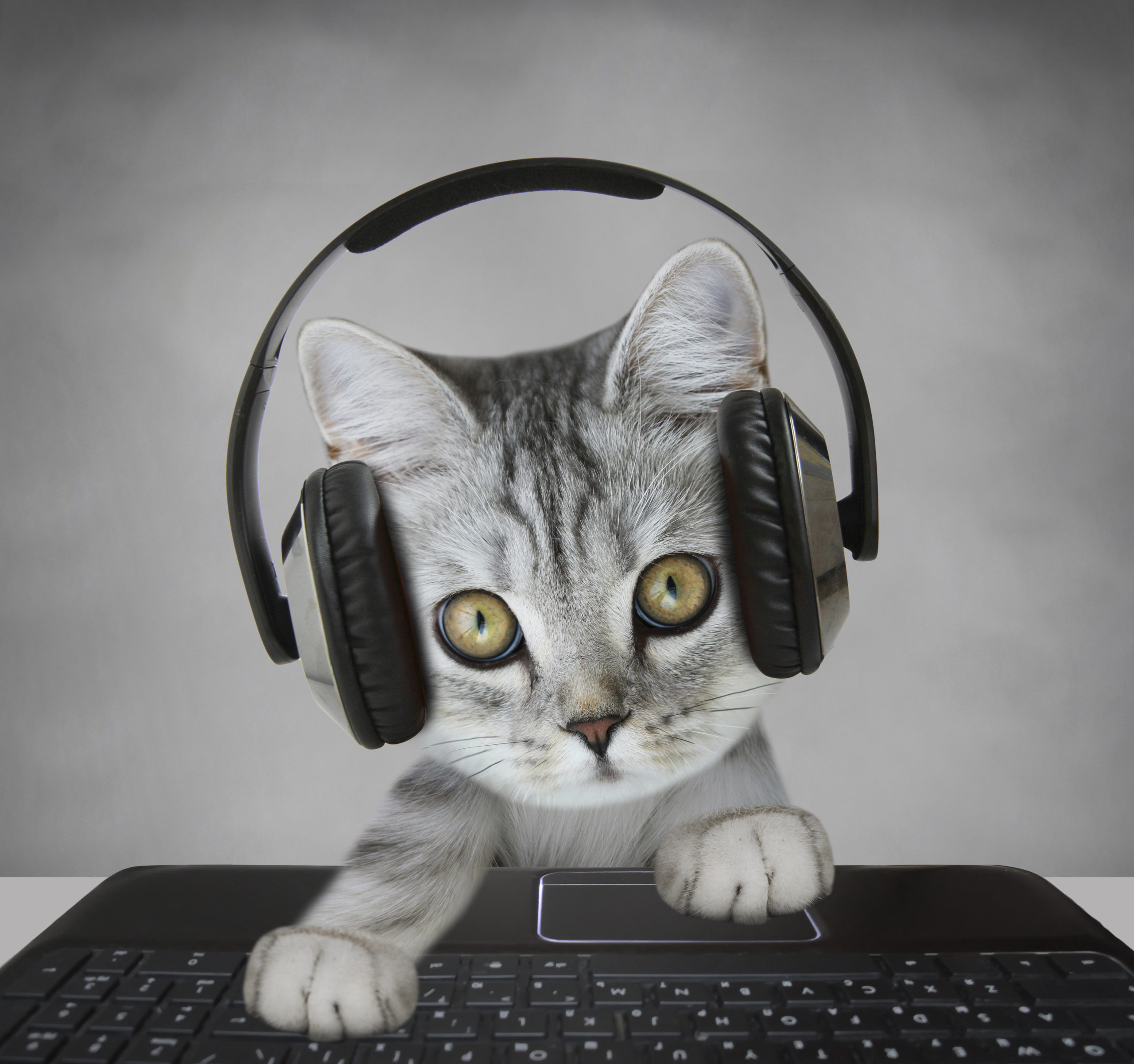
Whether EMDR therapy is done online or in-person, the protocol is the protocol. The one aspect of EMDR Therapy that can be challenging is the application of Bilateral Dual Attention Stimulation (BLS). The important thing to remember is to be client-centered and find what works best for your client.
As EMDR therapists, we know that eye-movement has been found to be the most effective type of BLS when doing EMDR therapy reprocessing. Some have found that eye-movement is a little tricky when working on a computer screen. There is a lag time with the back and forth movements, so using your hand-movement to accomplish this action can look glitchy. One option you can use for eye-movement is to have the client set an object at each side of their computer so that their eyes can move back and forth as you watch them.
The easiest option is to have your clients do BLS by self-tapping. Self-tapping can be done on the knees or the Butterfly Hug. The Butterfly Hug can be done with the client squeezing their arms with their alternating hands for more grounding if needed.
Some therapists are saying that some of their clients struggle with self-tapping. For some, the coordination of trying to maintain dual awareness while self-tapping can feel as difficult as trying to rub their head and belly at the same time while running backwards blindfolded. Alternatives might include the client using alternating feet taps, or have the client hold soft objects in each of their hands and squeeze them back and forth. Be creative and find a solution together.
If you are looking for music and sounds that go back and forth bilaterally, we’ve selected the following resources for you to try and share with your clients.
- Spotify: We’ve created Spotify playlists of bilateral music and sounds you can share with your clients. Be mindful of ads.
- Amazon Music: This collection of bilateral music and sounds are free for Amazon Prime Members.
- YouTube: We’ve created YouTube playlists of bilateral music and sounds you can share with your clients. Be mindful of ads.
If your client prefers audio BLS, it is recommended that the client have their own headset and a device separate from the one they are using for the remote session. For example, since the remote session is over a computer, the client may need a separate mobile device to listen to the bilateral-audio. Clients will also need their own accounts for some of these resources, and, in some cases, clients may need paid/premium accounts, or purchase/download the files in order to skip ads.
During reprocessing, at the end of a set of BLS, the client can remove the headset to check in with you what they are noticing. When applying BLS using music or sounds to reprocess trauma, the client’s attention should be on the felt sense of their experience rather than focusing on the music or sounds.
Read “8 Phases of Remote EMDR Therapy” to learn more about practicing EMDR therapy remotely.
EMDR Training Resources EMDR Therapy Books EMDR Therapy Research EMDR Therapy Blog





